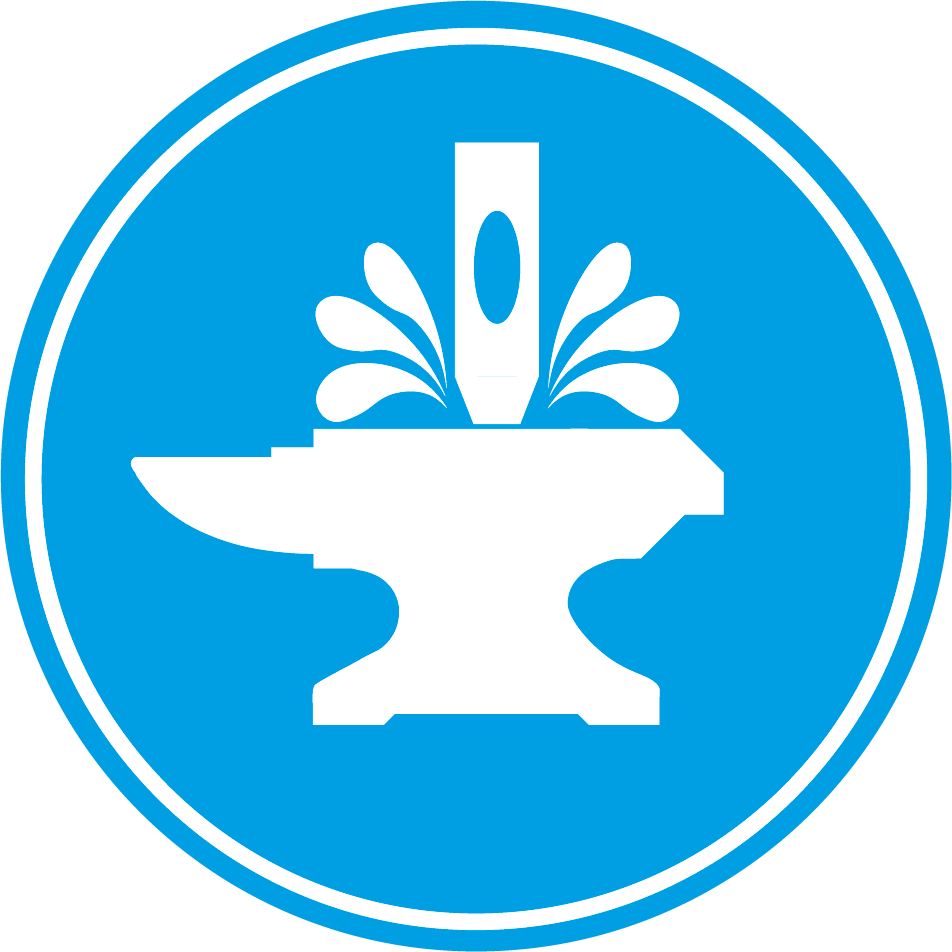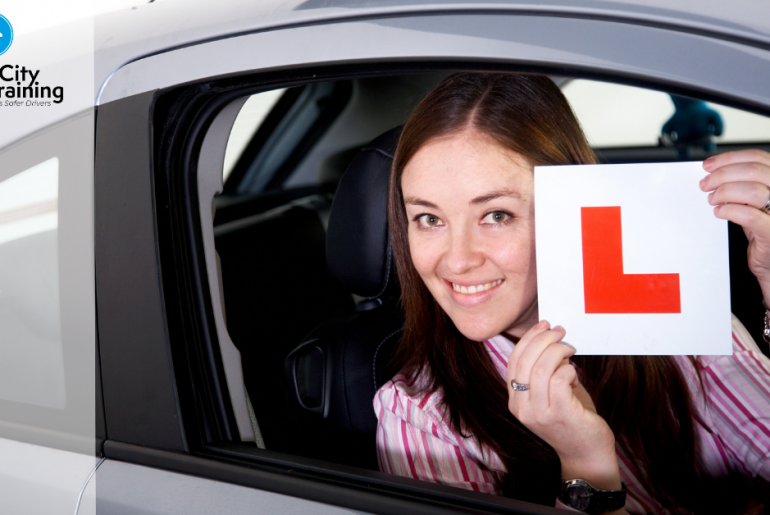We’ve recently had a question asked in the RPS Driven School of Motoring Facebook group about the traction control systems on a car so for this week’s blog we’re going to take a look at the system, how it works and when it will kick in.
Traction Control: What is it made of?
Most modern vehicles will have a suite of driver assistance features including ABS, Electronic Stability Programme, Traction Control and other systems designed to keep you safe. High performance cars take it a step further with Torque Vectoring systems designed to increase the cornering speed of the vehicle.
Most of these systems work off the same basic components and do slightly different things. The core components are:
- Wheel speed sensors on all wheels.
- Electronic Control Unit
- Automatic Traction Control valve.
The genesis of Traction Control comes from the Limited Slip Differential. This is a mechanical device which tends to be fitted to high performance cars and allows wheels to spin at different speeds on each side of the car, up to a point. If you have too great a difference between left and right side tyres, the differential locks up and forces both wheels to spin at the same speed.
The first ‘proper’ traction control system was introduced in the United States by Buick, a brand from General Motors and at the time a sister to Vauxhall, in the 1971 Buick Riviera, Estate Wagon, LeSabre and Electra 225. GM brand mates Cadillac deployed their version of the system almost a decade later.
Traction Control: How does it work?
The first step of the process is handled at the wheels. Systems on the car monitor the wheel speed sensors and compare the speed of each individual wheel against the others on the vehicle. When the ECU (Electronic Control Unit) detects a difference in speed between one wheel and the others it swings into action.
Firstly the computer will compare all the wheel speeds, it may also take input from the steering rack. During normal cornering, all four wheels are spinning at different speeds and the ECU needs to be sure what is happening is a loss of traction before intervening.
If the ECU detects one or two wheels spinning slower than the others it will probably engage ABS. If it detects that one wheel is faster than the others it will kick in traction control to regain traction for that wheel.
The traction control system can take effect in a number of ways depending on what vehicle you are driving. In most combustion cars the system will use selective braking to slow the faster wheel down and allow it to grip the tarmac again. The differential, the device in the axle which allows two wheels on the same axle to spin at different speeds, will then cause more power to go to the wheel on the axle with better grip.
In EVs, which have ‘throttle by wire’, the system will probably reduce the amount of motor power used to slow the wheels down.
If your vehicle has an All Wheel Drive system, the Traction Control will probably take some power away from the axle with the spinning wheels and give it to the axle with better traction.
Traction Control: Why does it come on?
Traction Control will activate when the system detects a wheel spinning faster than the others. This shows that the wheel in question doesn’t have a grip on the road surface, usually because it’s receiving a lot more power than the tyre and road can handle. Most TCS deployments in road cars come in the winter where a combination of the cold making the tarmac the least grippy it can be, and the moisture in the air and on the road lubricating the interface between tyre and road surface, means it’s a lot more likely that you will overpower your tyres and spin up a wheel or two.
You can usually avoid traction control coming on by:
- Using less throttle when pulling away. At slow speeds your car is delivering maximum torque, (Turning Force) to the wheels so it’s more likely that the tyres wont be able to cope.
- Keeping clear of ironworks such as manhole covers in the road surface and staying off painted sections of road as both offer less grip than clear tarmac. You should also keep out of the gutter as this is where mud and grit collect and act as a barrier between tyre and road surface.
- Ensuring your tyres are correctly inflated and have good tyre tread. You may find a benefit to using winter tyres or all season tyres as the rubber compound in these tyres is softer. It allows the tyre to make up for some of the loss of traction the colder road surface offers.
- Not asking the tyre to do two jobs at once. Accelerating and cornering both put their own stresses on the tyre. As I often say in driving lessons, the only thing worse than a bloke at multi-tasking is a tyre.
Traction Control: Help! My TCS light is coming on!
Firstly, don’t be alarmed if it only comes on every now and then. The system will show an orange warning light on the dashboard to tell you that its doing its job. It is there to keep you safe, let it do it’s thing then reflect on if there was anything you could have done to change your driving to mean it wasn’t needed.
If the light comes on and off all the time then it may be a sign of a different problem. Check your tyres have sufficient tread and pressure and if they do, you may want to get your suspension geometry checked by a garage.
It is worth noting here that a lot of modern cars are now delivered with eco tyres on them. While they are great for fuel consumption, they are bad for traction because, the harder rubber compounds mean the tyre does less of the gripping work needed. In the winter in particular you may find a lot more TCS activations because of the low rolling resistance tyres. This is especially true of EVs.
If the light comes on and stays on, you may have a problem. If the vehicle is behaving normally you can drive it carefully but get it to a garage for diagnosis as soon as possible. Remember that the TC system will not be behaving as designed; it may not activate when needed or it may cut in when its not needed. Plan your driving actions further ahead and enter junctions and hazards at a lower speed.





